Contributed by Elina Rokhkind | Last Date of Travel: October 2009
Updated by Michelle Szpilzinger, February 2018
Kosher Info:
Rome offers a variety of kosher food options, and it is one of the best destinations for the kosher traveler looking to sample fresh, local cuisine. In addition to the centrally located Ghetto neighborhood — with about a dozen eateries ranging from quick bites to fancy restaurants — there are a few other residential neighborhoods with restaurants, shops, and shuls.
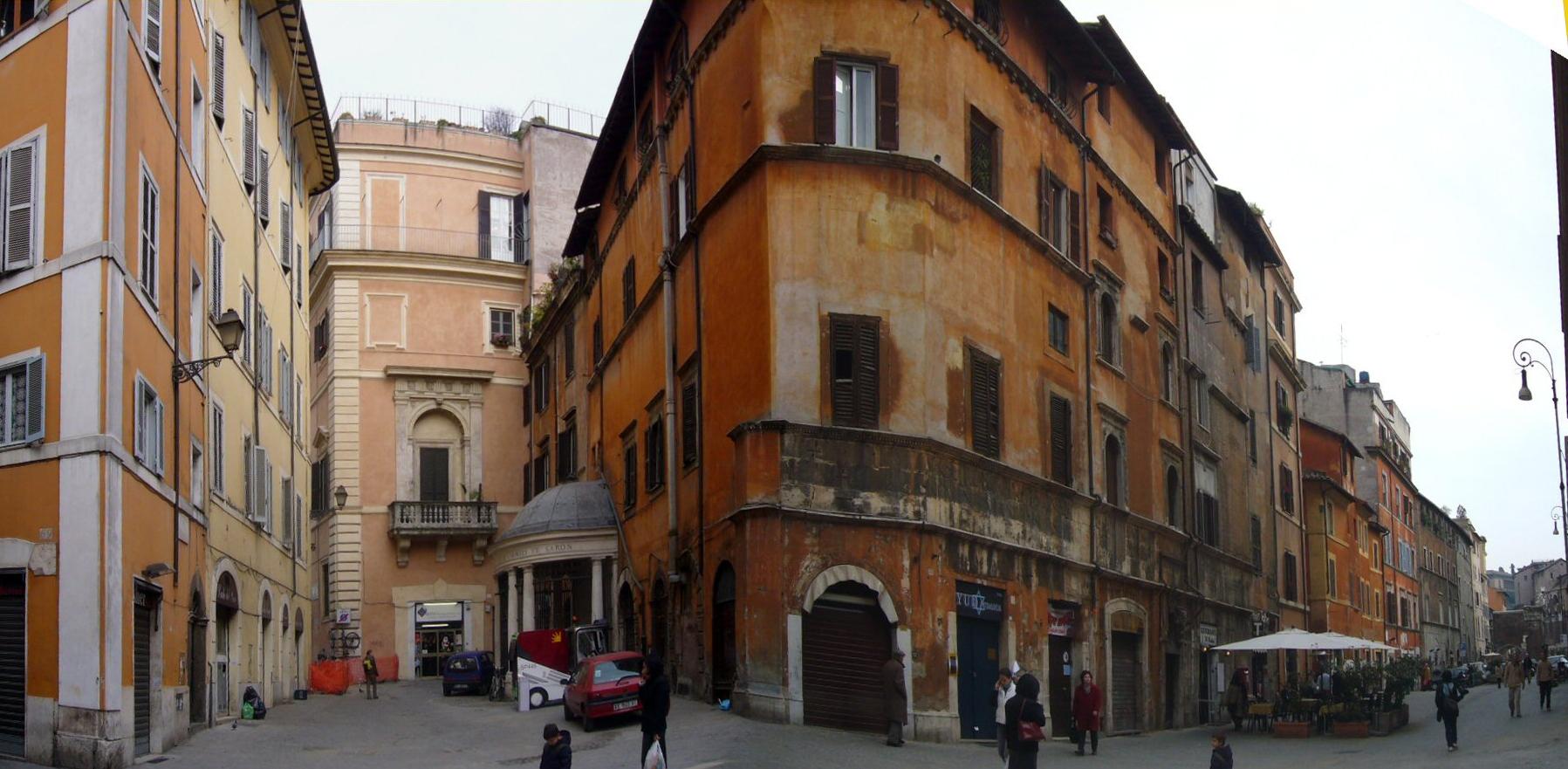
In the Ghetto, all restaurants are located in close proximity to the Great Synagogue and to each other, with many along one street, the Via del Portico d’Ottavia.
Yotvata is a dairy restaurant offering a delicious selection of authentic Italian cuisine.
Meat restaurants include La Taverna del Ghetto, Bellacarne, and La Reginalla.
Su Ghetto is a relative newcomer to the scene, having opened in 2016. Stroll around and pick whichever one strikes your fancy.
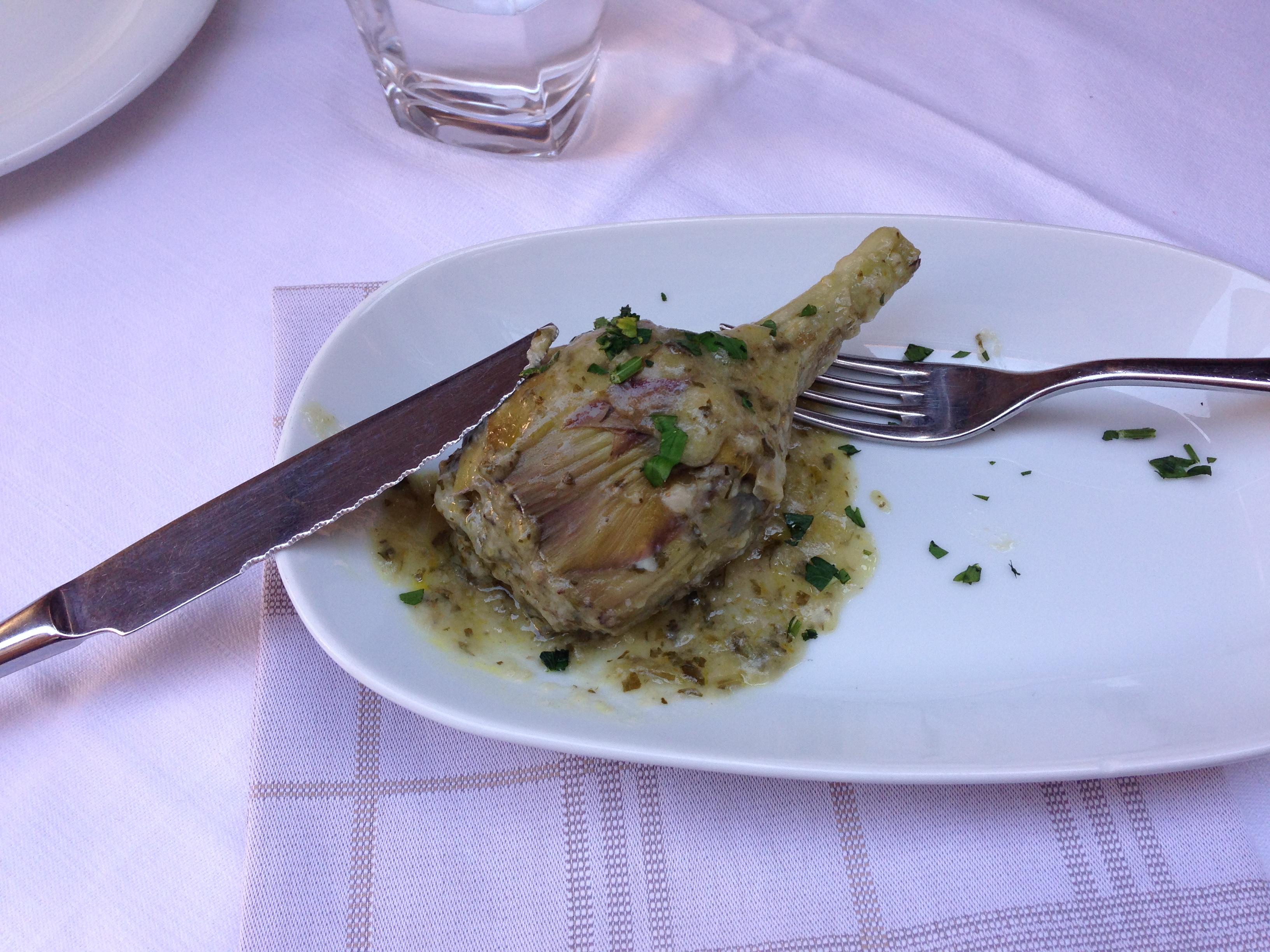
The Ba’Ghetto group has two restaurants in the area, one dairy and one meat, as well as another location in Piazza Bologna. The Ghetto restaurants are frequented by locals and tourists alike. It seems that visiting the Ghetto and tasting the authentic Jewish Roman cuisine is considered an interesting and worthwhile experience even for the non-Jewish traveler. We ate at Ba ’Ghetto, which was really nice and offered a wide menu of Roman specialties. Make sure to sample the local signature dish – Artichokes alla Judea. Almost all restaurants in the area have outside seating. In cold weather, fancier restaurants place large gas heaters near the tables, making for a very cozy and romantic dining experience.
Kosher Bistrot is a meat café that serves hot beverages and alcohol and also sells a number of imported and Italian packaged groceries; be aware – prices are higher when you sit outside than at the bar inside. Pretty much every establishment including hole-in-the-wall joints served wine – good ones – so enjoy this inseparable part of an Italian vacation. Order a house wine (vino de casa) with your restaurant meal and you won’t regret it. Italy also has some really tasty kosher deli options we hadn’t tried before – make sure to taste the carne seca.
For kosher gelato, look no further than Cremeria Romana. There is also a sushi place and a number of small eateries, bakeries, and kosher shops.
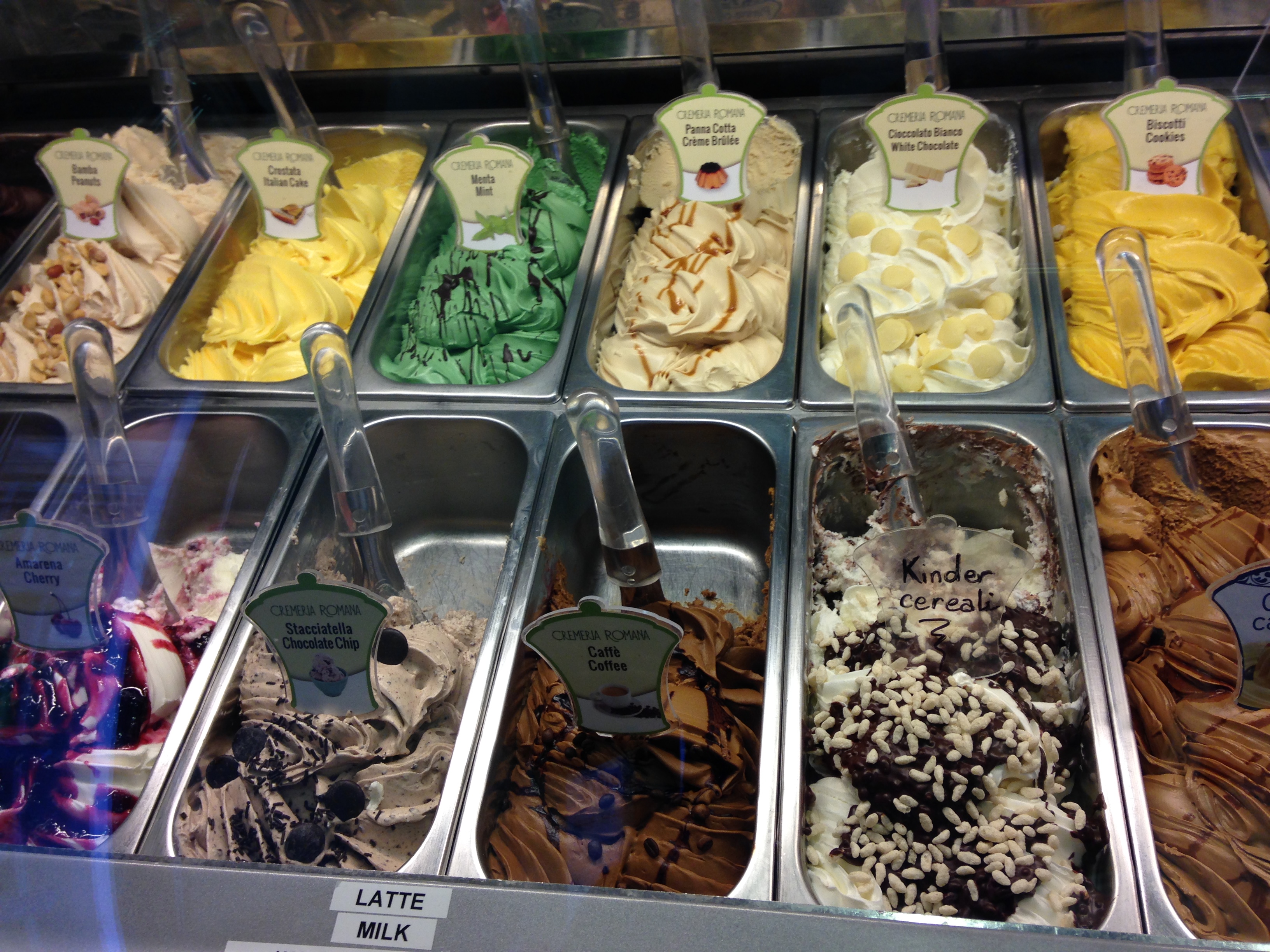
Piazza Bologna, Marconi and Monteverde are other neighborhoods where Jews reside, with Piazza Bologna being the most populated. It boasts a few kosher hotels and BNBs, synagogues, and several kosher stores and eateries. We only ate at the pizza/bakery place Pane al Pane (pretty good), which sells pizza by weight, and the variety of toppings makes you wish to try them all. (2018 update: This place has closed.)
Of the restaurants located outside the Ghetto, we also tried C’e Pasta e Pasta, a takeout-type place near the Trastevere station with limited seating that sells delicious pasta and appetizers. The cheese-filled crepes we ate there were simply divine. I highly recommend another dairy café and bakery called Dolce Kosher. We happened to stay nearby during our time in Rome, otherwise it’s a shlep from the center. Everything we tried there was absolutely amazing, and they have a mouthwatering selection of desserts. I couldn’t believe the pareve pastries were actually pareve. The place was brimming with locals even though we were there at 11 am on a weekday.
For more information on kosher options and Jewish life, the Jewish Rome site is very helpful.
There are a few options for catered or hosted Shabbat meals. If you want to stay near the ghetto, a number of restaurants have the option of pre-paying and having Shabbat meals there.
Jewish Info:
Rome’s Jewish community numbers about 15,000. It has 14 synagogues (all of them Orthodox), and an established Jewish infrastructure with schools, mikvahs, periodicals and communal organizations. An outsider, judging by appearances, would not be able to tell who is Jewish. Not many people wear kippahs or distinguishable Jewish dress, even in the Jewish places.
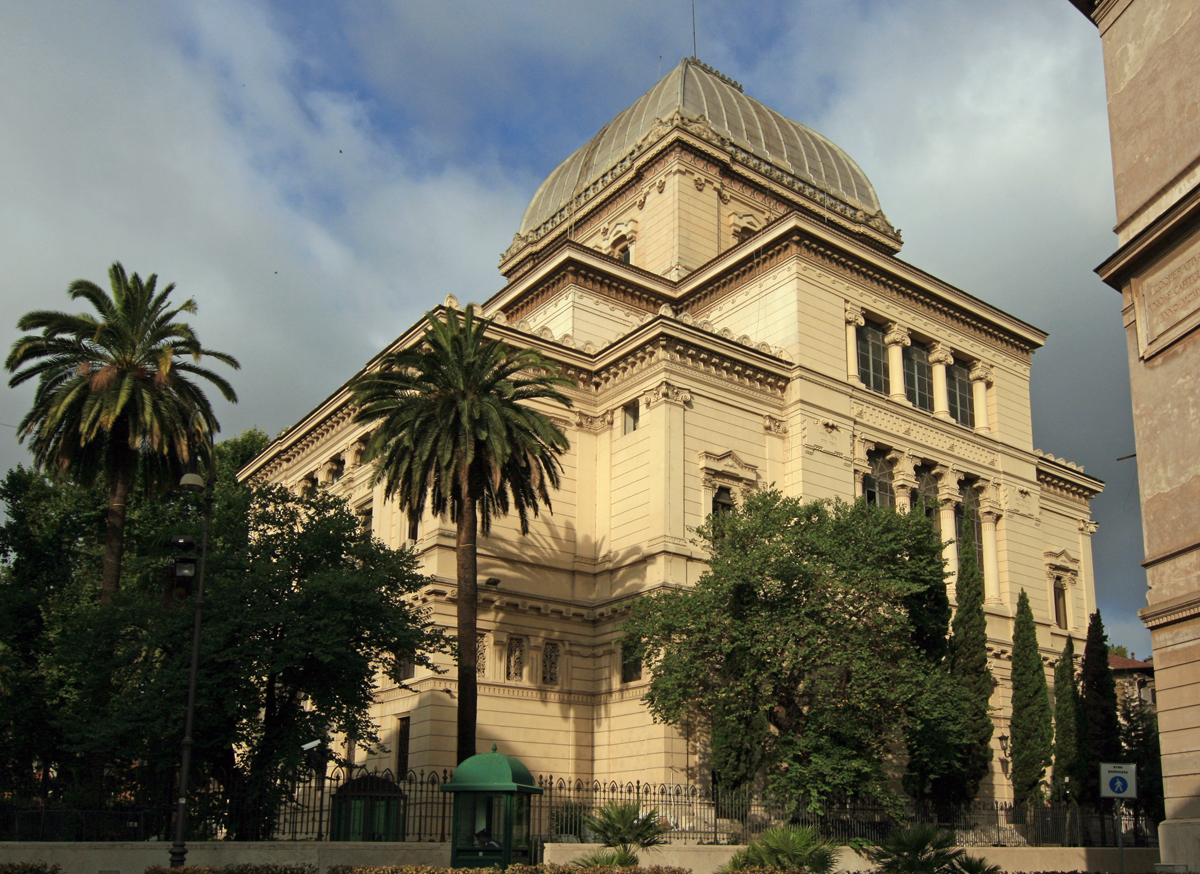
Rome is home to one of the most ancient Jewish communities in the Diaspora – Jews first settled here during the 2nd century BCE. Neither Ashkenazi nor Sephardi, they are called Bnei Roma (or Italiki Jews), and they have their own nusach and minhagim. Obviously, a lot of other Jews (mostly Sephardim) joined the Roman community throughout the centuries. During the Ghetto times Jews were allowed to have only one synagogue, so they housed several minyanim in one building.
The Ghetto existed from the 16th to the late 19th century, and it enclosed several blocks near the Tiber River. The frequently flooded area, where thousands of Jews were crammed in, was in such a miserable condition by the time of the unification of Italy that it was completely demolished and rebuilt. In place of the old synagogue the Roman Jewish community built a magnificent new structure — clearly recognizable on the Roman skyline by its rectangular dome. Artifacts from old shuls were preserved and are now either in use in the synagogues throughout Rome or on display in the Jewish Museum of Rome. The Jewish Museum also houses a large collection of Torah covers that Jewish housewives crafted from the second-hand clothing their husbands peddled. The museum ticket includes a half-hour tour of the Synagogue with an overview of the history of Roman Jewry. They also hold daily services.
Also of Jewish interest is Ostia Antica – a large archeological site containing excavations of an ancient synagogue. It is outside of Rome, and accessible by public transportation.
Tourist Info:
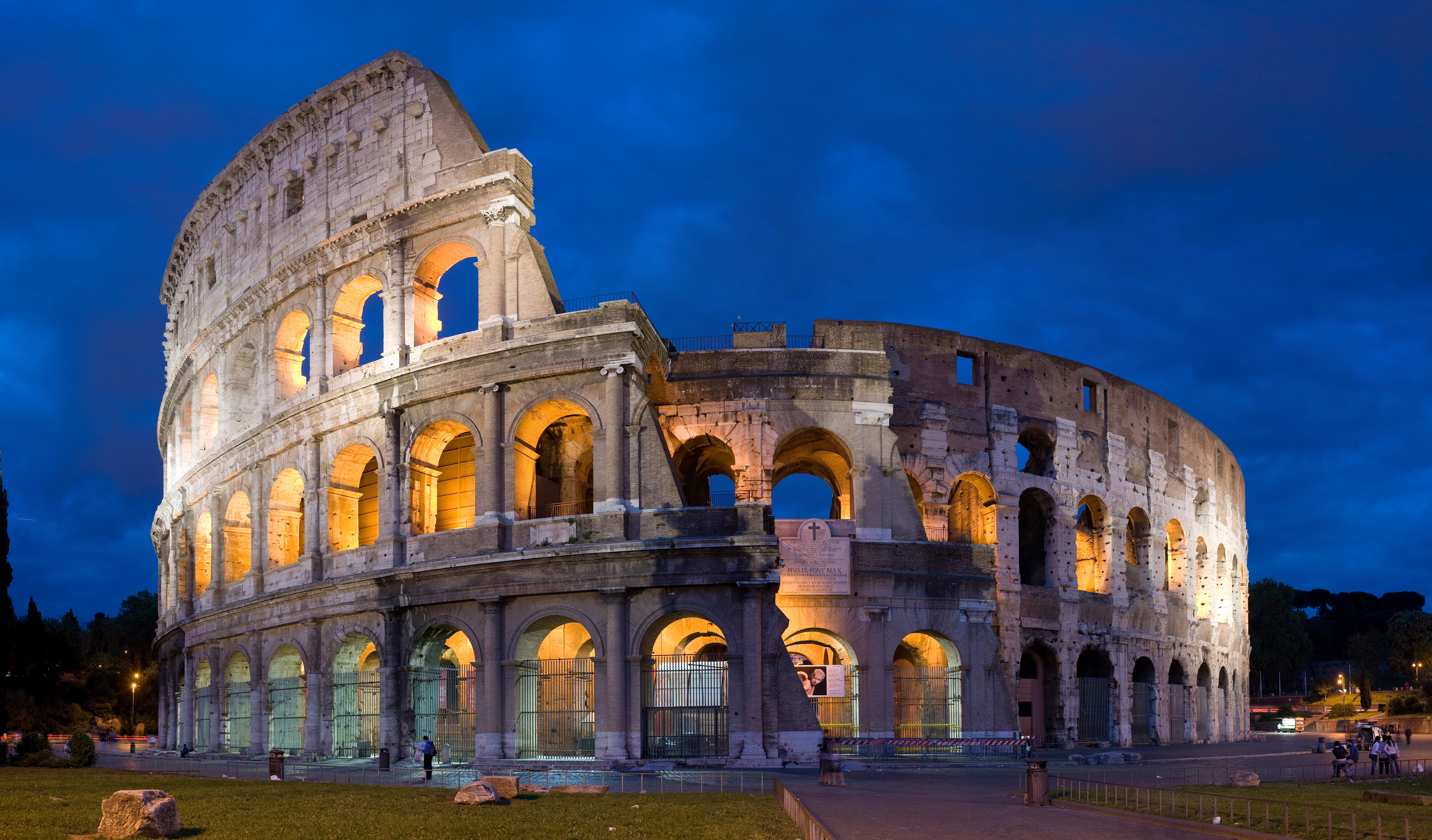 Rome is filled with places to visit and things to do. We explored the Ghetto neighborhood and visited the Great Synagogue and the Jewish Museum located in the same building. We also visited lively Campo dei Fiori with a farmers’ market in the morning and live music in the evening; the Pantheon; Piazza Navona with its impressive Bernini fountains; the legendary Trevi Fountain; and the ever-crowded Piazza di Spagna and Spanish Steps. We also had a walk through the vibrant Trastevere neighborhood, visited magnificent Piazza del Popollo, and promenaded along Via del Corso. Walking miles and miles in Rome you realize that the city itself is the biggest museum under the open sky with its abundance of architectural marvels, beautiful statues, and plentiful fountains. Ancient ruins pop up at you from everywhere. In the midst of the modern city you will suddenly stumble upon some interesting excavations, or an enormous Egyptian obelisk, or the remains of an ancient wall. Structures are built upon the older foundations making the city a multi-layer history showcase. We were looking for the Pompey theater ruins marked on the map, but we couldn’t find them anywhere until we discovered that the remaining wall of the theater is the actual back wall of the present-day buildings on that street – made up of bars, restaurants, and hotels.
Rome is filled with places to visit and things to do. We explored the Ghetto neighborhood and visited the Great Synagogue and the Jewish Museum located in the same building. We also visited lively Campo dei Fiori with a farmers’ market in the morning and live music in the evening; the Pantheon; Piazza Navona with its impressive Bernini fountains; the legendary Trevi Fountain; and the ever-crowded Piazza di Spagna and Spanish Steps. We also had a walk through the vibrant Trastevere neighborhood, visited magnificent Piazza del Popollo, and promenaded along Via del Corso. Walking miles and miles in Rome you realize that the city itself is the biggest museum under the open sky with its abundance of architectural marvels, beautiful statues, and plentiful fountains. Ancient ruins pop up at you from everywhere. In the midst of the modern city you will suddenly stumble upon some interesting excavations, or an enormous Egyptian obelisk, or the remains of an ancient wall. Structures are built upon the older foundations making the city a multi-layer history showcase. We were looking for the Pompey theater ruins marked on the map, but we couldn’t find them anywhere until we discovered that the remaining wall of the theater is the actual back wall of the present-day buildings on that street – made up of bars, restaurants, and hotels.
We also visited the Michelangelo-designed Capitoline Hill and were astounded to see a poster of Gilad Shalit in the City Hall. (2018 Update: The poster hung there during the years of his captivity and is no longer there.) The enormous Victor Emmanuel monument complex nearby offers great panoramic views of Rome.
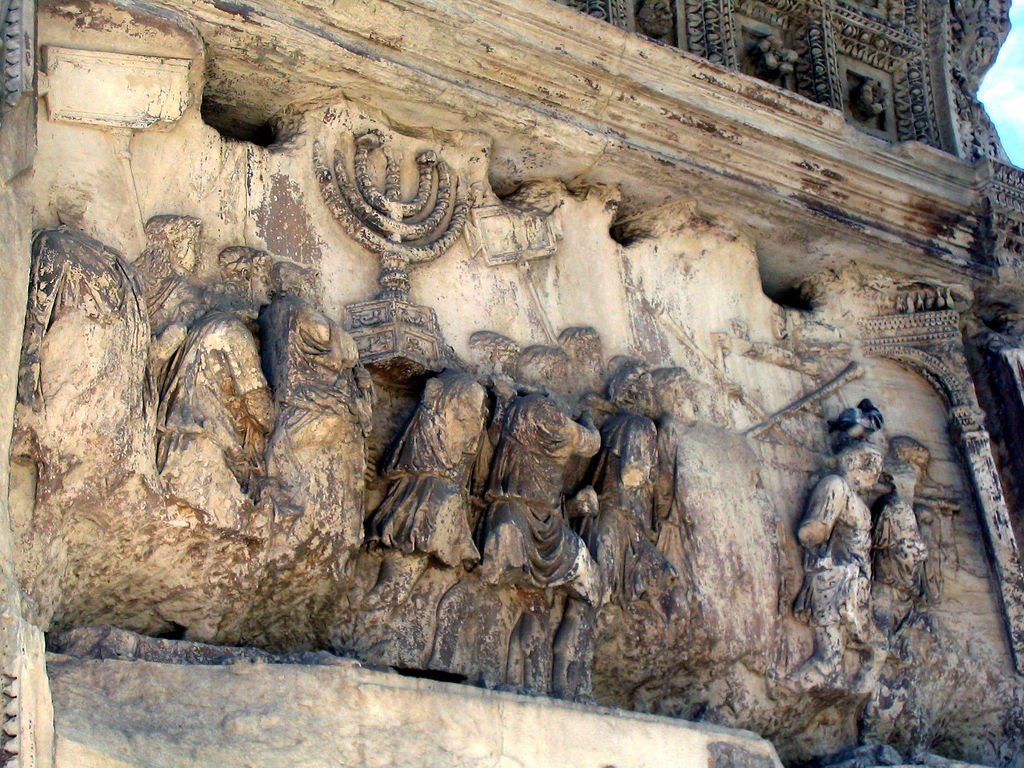
We explored Ancient Rome with a private guide from a Jewish tour company. There are two companies – Rome for Jews and Jewish Roma that offer several tours of Rome with a Jewish twist. We went with the first company and were quite satisfied, but their guides are Americans; Jewish Roma, I believe, has Italian guides. Since private guides are not inexpensive, it makes more sense to hire them if you are traveling with a small group. Otherwise you can do cheaper group tours with Enjoy Rome or a tip-based “Free Tour.” Any basic tour of Ancient Rome will include the Forum, the Colosseum and, of import for Jews, the famous Arch of Titus showing the Romans carting away the Menorah.
We visited Vatican City  with a tour that covered the highlights. The Museums are enormous – plan ahead if you want to see something specific. Also, it is going to be less crowded if you visit in the afternoon. Note that it is a one-way route ending at the Sistine Chapel. If you do not want to go inside, it’s about a 15-minute walk back through the museum and another 10 to St. Peter’s Square to take a look at the famous semicircle of massive columns and the gigantic Basilica. Another option is to ask a security guard if they will let you through the door at the top of the stairs that leads back through the main corridor – it may be marked as no entry, but there is a way out.
with a tour that covered the highlights. The Museums are enormous – plan ahead if you want to see something specific. Also, it is going to be less crowded if you visit in the afternoon. Note that it is a one-way route ending at the Sistine Chapel. If you do not want to go inside, it’s about a 15-minute walk back through the museum and another 10 to St. Peter’s Square to take a look at the famous semicircle of massive columns and the gigantic Basilica. Another option is to ask a security guard if they will let you through the door at the top of the stairs that leads back through the main corridor – it may be marked as no entry, but there is a way out.
Worthy of a visit is the Galleria Borghese – an interesting collection of art and sculpture housed in a 17th century cardinal villa. The museum requires advance reservation, as they only allow a certain amount of visitors every 2 hours. So if you are late you forfeit your visit. The gardens outside are also lovely.
It is vital to have a good map in Rome, since even with the map we kept getting lost. The locals are extremely friendly and go out of their way to help even when they don’t speak a word in English. A good bus route map is also helpful since metro coverage is limited. Romans get around mostly by motorini (mopeds) – the swarms of them are an inextricable part of the local character.




Can anyone recommend a restaurant or two that would deliver Shabbat meals to our hotel OR restaurants that might package take-out for Shabbat?